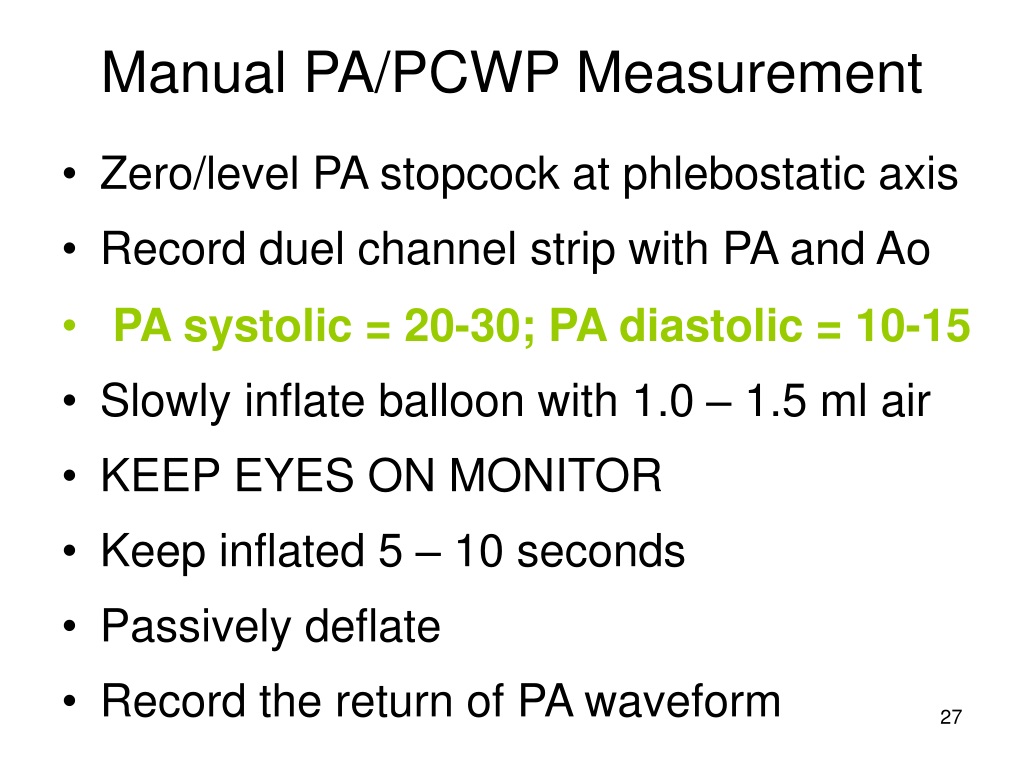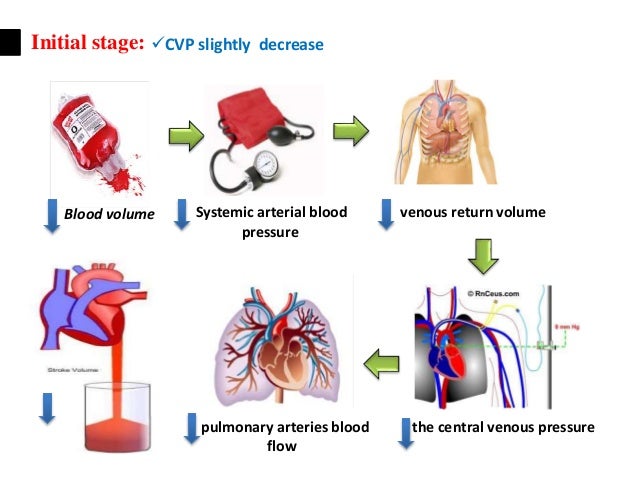

PH results primarily from backward transmission of elevated left-sided filling pressures occurring as a consequence of systolic or diastolic LV dysfunction. The pathophysiology of PH in left-sided HF is complex and heterogeneous.Numerous studies have demonstrated an inverse correlation between PH in left-sided HF and survival. Among patients with HP with preserved EF (HFpEF), the prevalence (based on echocardiography or catheterization) is 36-83%. Among patients with HF with reduced LV ejection fraction (EF), the prevalence of PH (based on right heart catheterization) is 40-75%.Current terminology and classification defines post-capillary PH (left ventricular end-diastolic pressure or pulmonary capillary wedge pressure >15 mm Hg) as either isolated post-capillary PH (diastolic pressure gradient 3 WU). Regardless of the origin, PH is defined as a mean pulmonary artery pressure (PAP) ≥25 mm Hg.The following are key points to remember: This very well written review of the interaction between left-sided HF and PH is worth reading in its entirety. use mean pressure reading to best approx L.A.Among patients with left heart failure (HF), pulmonary hypertension (PH) and right ventricular (RV) dysfunction are common, and have substantial prognostic and therapeutic implications. when PCWP is > 12 mm, then CO may be optimized w/ dobutamine and/or dopamine patients s/p MI may need PCWP of 16-18 to optimize CO consequently, a significantly elevated PCWP may be required to optimize CO long standing Cardiac disease may shift the Starling Curve to left

by optimizing the PCWP according to the patients individual Starling curve, opitimal Cardiac Output - PCWP 12, in absence of severe cardiac dz, means pulmonary congestion due to fluid overload or CHF in critically ill patients, ventricular Compliance is altered, and there may be no correlation between pressure and volume, making it impossible to estimate left ventricular Preload from the wedge nevertheless, the wedge reflects mean left ventricular diastolic pressure and is therefore a useful index to estimate not only the possible risk of the development of pulmonary edma, but also left ventricular Preload height of the pulmonary wave or the pulmonary capillary a wave is the most consistent accurate indirect index for sudden changes in actual left ventricular end diastolic pressure

however, in presence of elevated left ventricular end diastolic pressure (height of ventricular filling pressure just before ventricular contraction) caused either by an increase in end diastolic volume or a decrease in left ventricular Compliance, the wedge does not accurately reflect the left ventricular end- diastolic pressure, which may significantly exceed mean wedge in absence of obstruction of mitral valve ( MS) wedge pressure also approximates the mean left ventricular diastalic pressure in absence of pulmonary HTN, > 10 cm PEEP, or mitral valve dz, it reflects left atrial Pressure ( Preload), and is measured after inflation of the balloon, which allows the tip of the catheter to wedge in a capillary


 0 kommentar(er)
0 kommentar(er)
